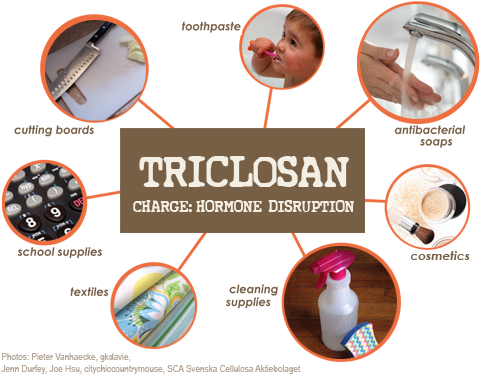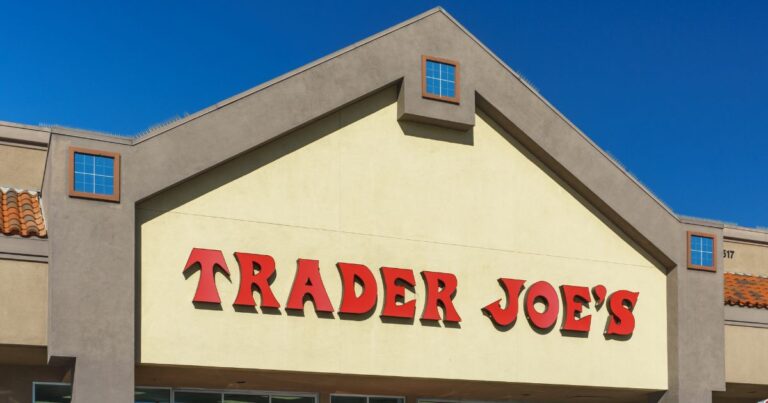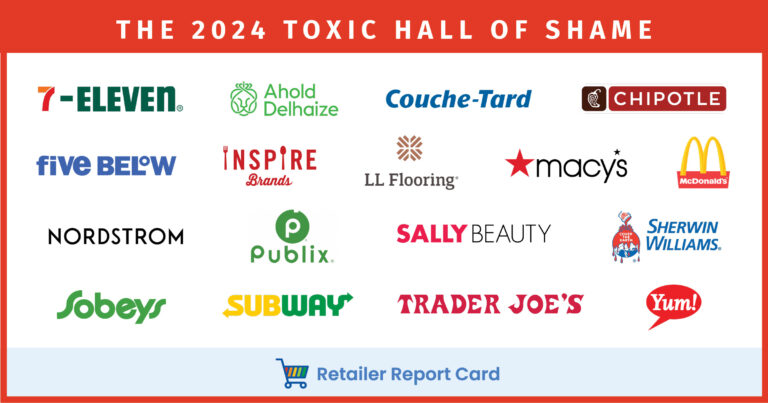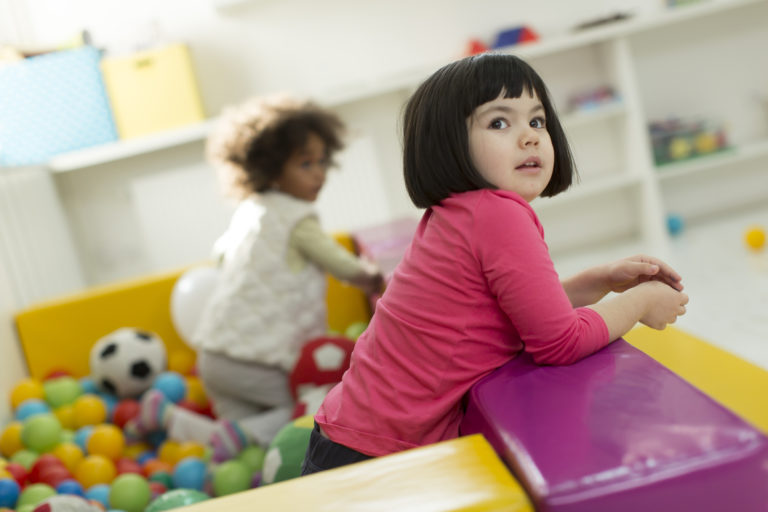Triclosan

This pesticide (yes, we said pesticide) is a hormone disruptor found in thousands of products like toothpaste, cutting boards, yoga mats, hand soap, and cosmetics. It can also encourage the growth of drug-resistant bacteria, and has been found in waterways and human breast milk.
Potential health effects include:
- Endocrine (hormone) disruption
- Potential antibiotic resistance
- Pregnancy problems
- Impaired muscle function
- Water pollution
- Altered thyroid hormone receptor
- Learning disabilities
- Infertility
- Liver and inhalation toxicity
- Skin, eye, and lung irritation
Commonly used in:
- Toothpaste
- Deodorants
- Cosmetics
- School supplies (pencils, calculators, scissors)
- Plastic toys
- Cleaning supplies
- Laundry products
- Cutting boards
- Textiles (clothing, shoes, bedding)
- Carpets
- Sealants/Adhesives
Consumer tips
Check the label: avoid products with the words triclosan and triclocarban on the ingredient labels of personal care products, soaps and hand sanitizers. Triclosan may also be marketed under the trade name Microban™ when used in plastics and clothing, and Biofresh™ when used in acrylic fibers.
Be wary of products like cutting boards that are labeled as “anti-microbial” or “anti-bacterial.”
Stick to washing your hands with hot water and soap and alcohol-based hand sanitizers when on the go.
* Under our weak federal laws, it’s impossible for us to know all the uses of triclosan in consumer products. As a result, this is not an exhaustive list of all products containing triclosan.
Take Action



